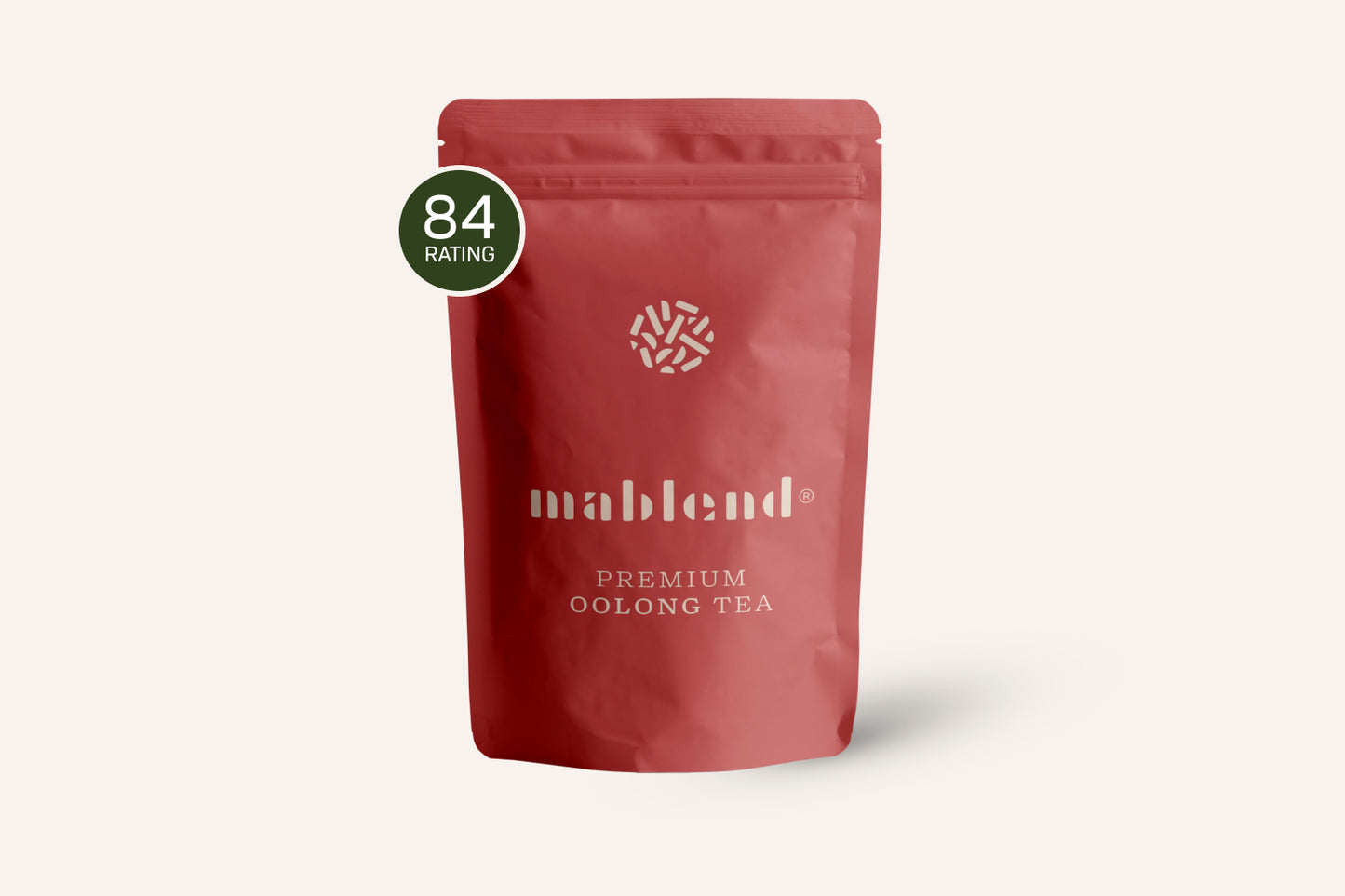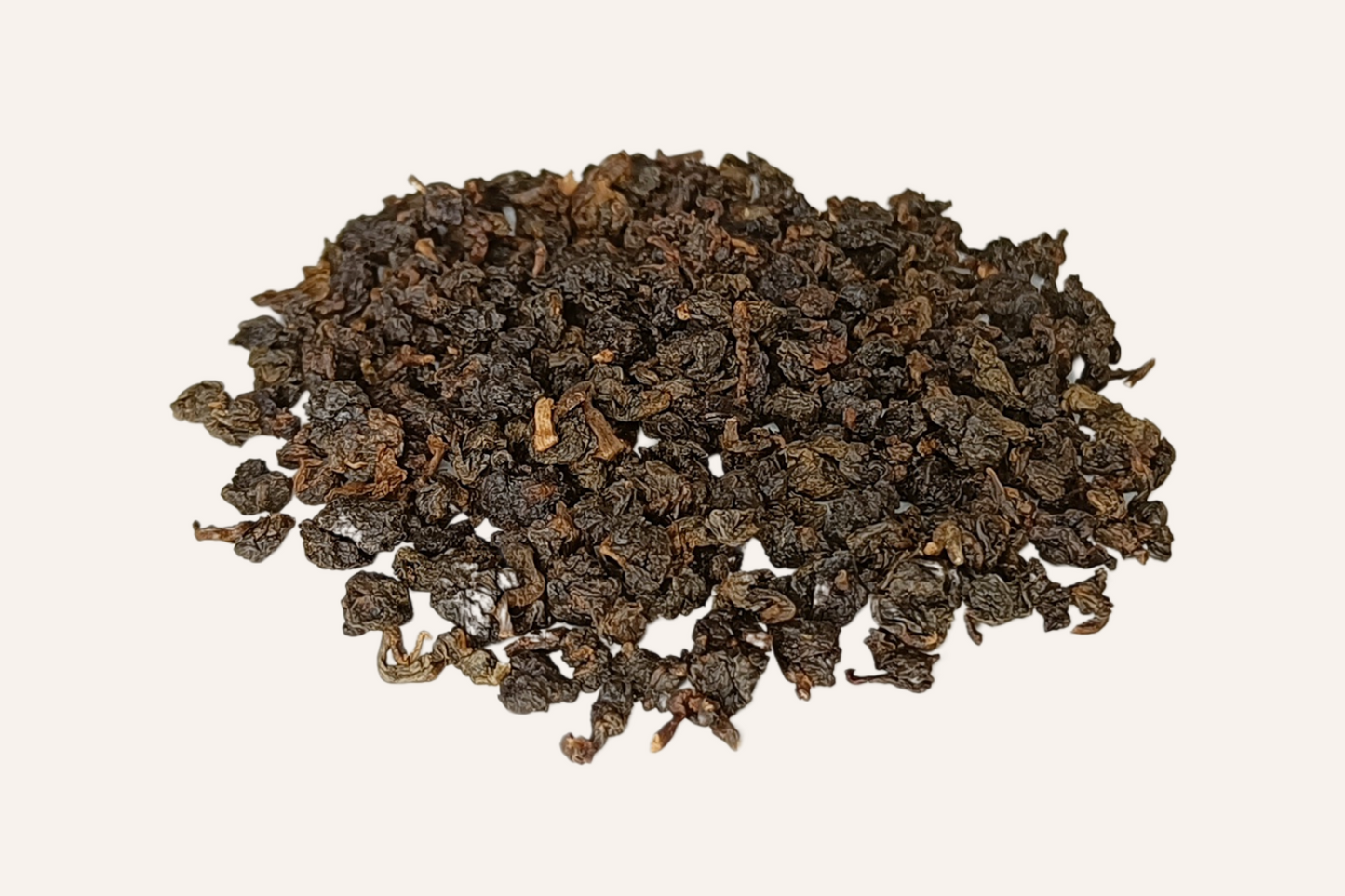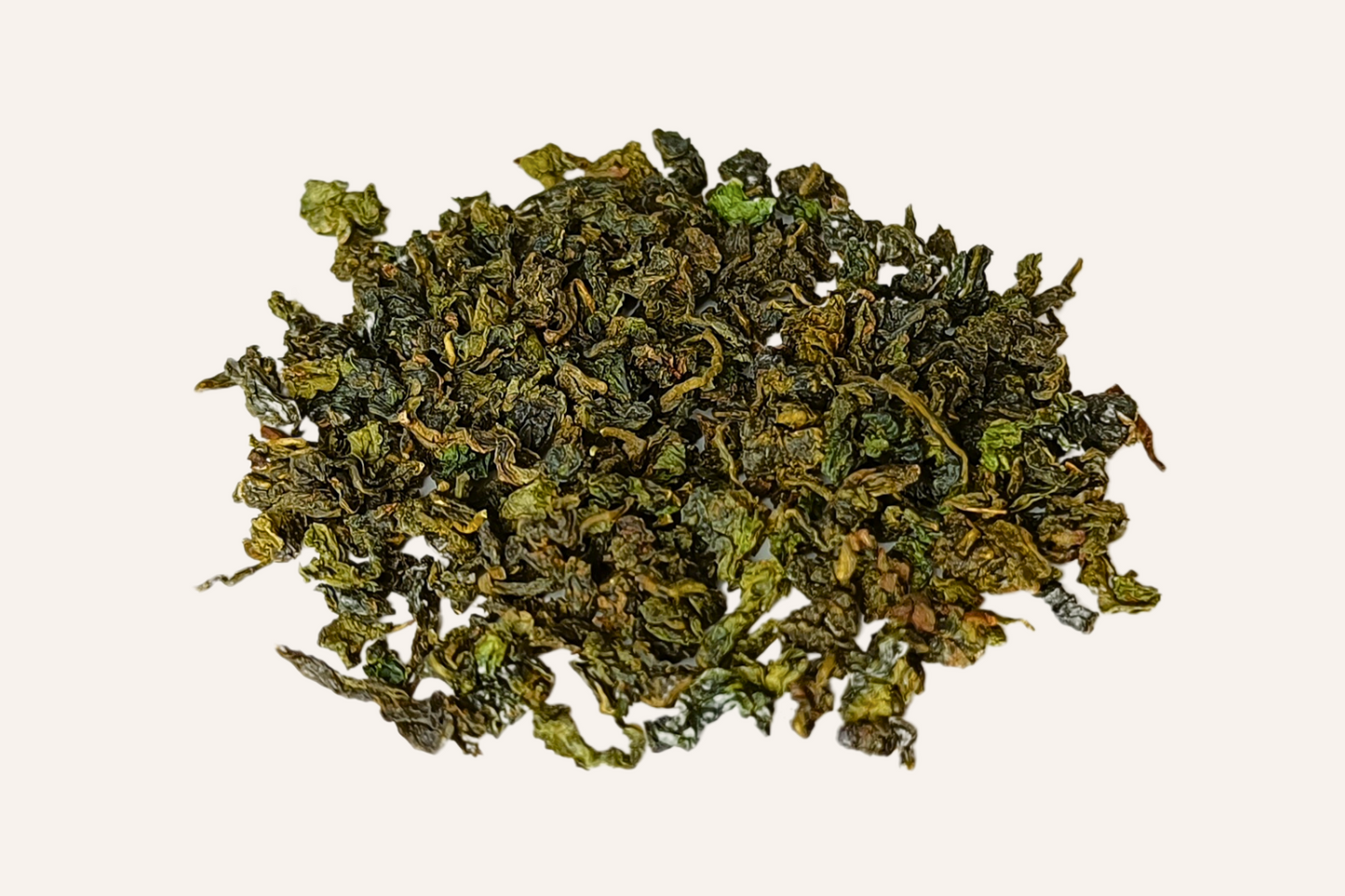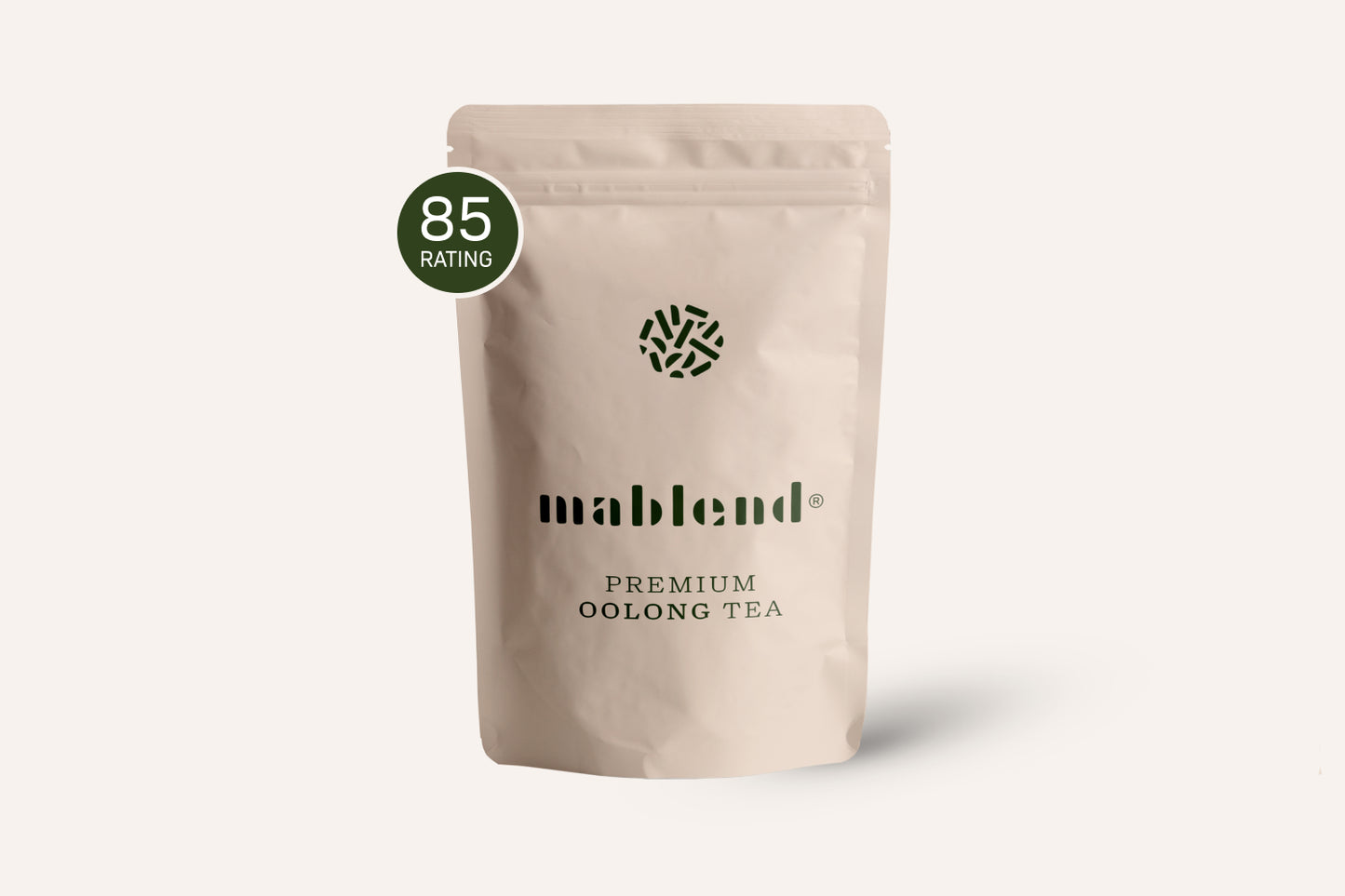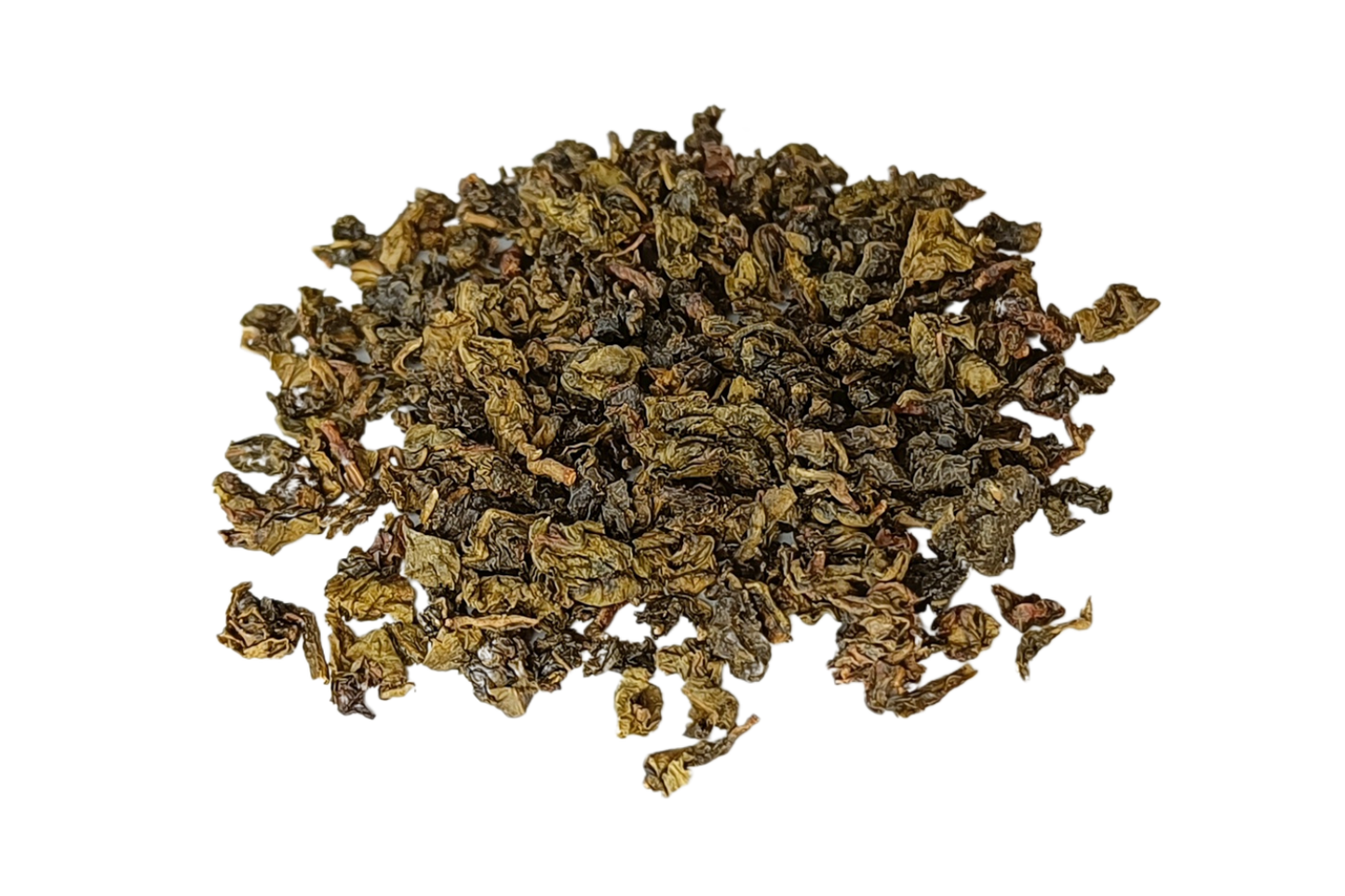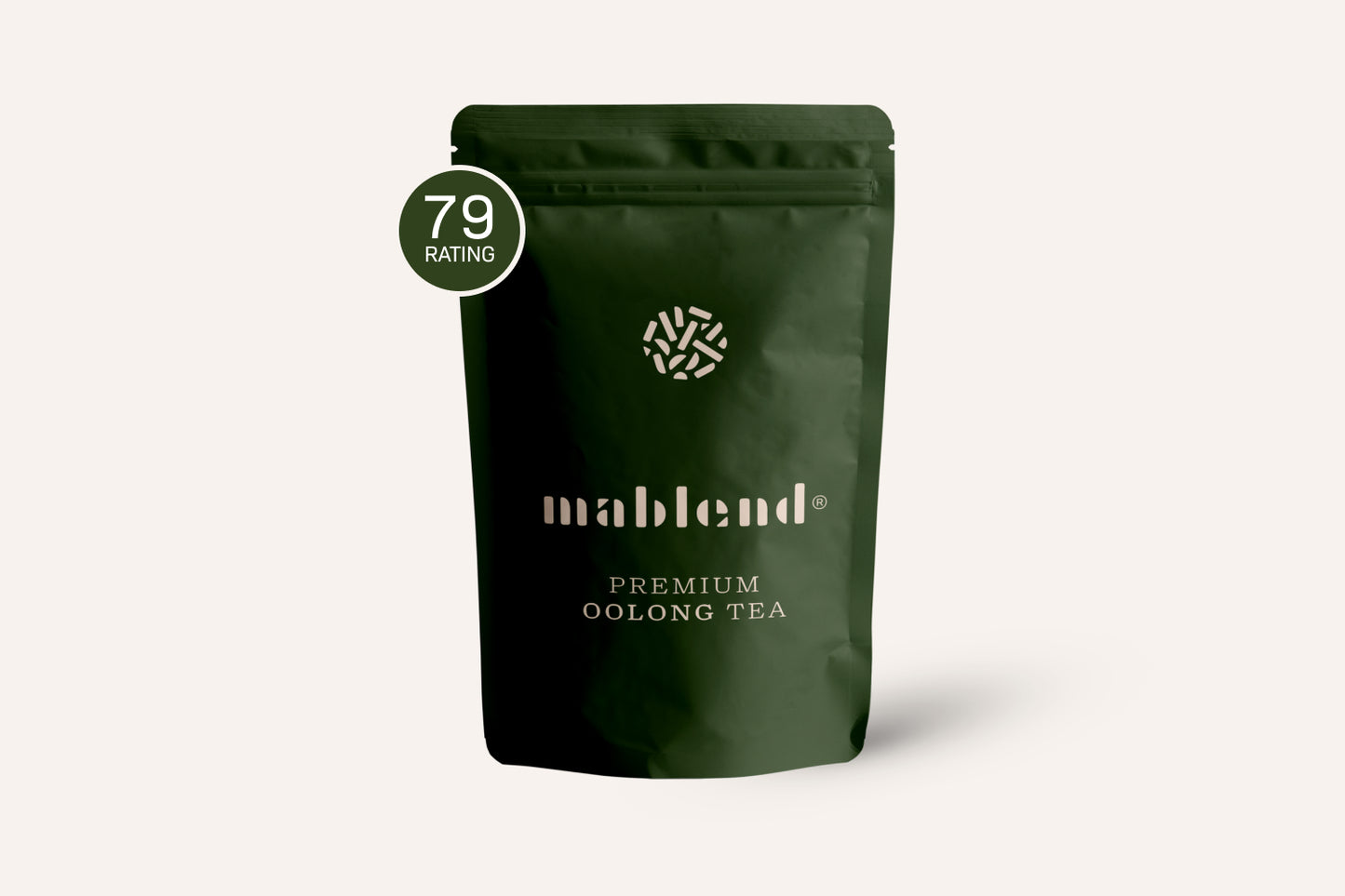Did you know that Taiwan is one of the few places in the world where tea is grown at altitudes above 2000 meters? This unique circumstance contributes to the complex flavors and aromas that have made Taiwanese tea a global sensation.

Dive with us into the fascinating world of Taiwanese tea, from its rich history and influential figures to the modern innovations that have made it a global phenomenon.
History and Origin
Taiwanese tea has a rich and complex history dating back to the 17th century when the Dutch and the Spanish colonized the island.
However, it wasn't until the 19th century, during the Qing Dynasty, that tea culture really started to flourish. Originally, the Camellia sinensis plant was brought to Taiwan from Fujian, China.
Taiwan's unique geography and climate proved to be ideally suited to tea cultivation, leading to the development of unique teas found nowhere else.

Important Figures
Over the years, various individuals and organizations have made a significant impact on the Taiwanese tea industry. One of the most notable figures is John Dodd , a British entrepreneur who exported Taiwanese tea to the West in the late 19th century.
His efforts helped put Taiwanese tea on the world map. In addition, local tea masters and farmers have contributed to the preservation and innovation of traditional tea preparation methods.
Types of Taiwanese Tea
Taiwan is known for its wide variety of teas, each with its own unique taste, aroma and method of preparation. Some of the most popular are:
- Oolong tea : A semi-fermented tea that is a cross between green and black tea. Well-known variants are Tieguanyin and Dong Ding. We sell a lightly roasted taiwan oolong tea .
- Black Tea : Also known as "Red Tea" in Taiwan, with Ruby Red being one of the most famous.
- Green Tea : Less common in Taiwan but still present, especially in the form of Longjing and Biluochun.
- White Tea : A soft and slightly oxidized tea, often used in traditional ceremonies.
- Puerh : Although originally from Yunnan, China, this fermented tea is also produced in Taiwan and often aged for a deeper flavor.
Cultivation and Regions: Where and How Taiwanese Tea is Grown
Taiwan's unique geography, ranging from high mountain ranges to fertile plains, provides an ideal environment for tea cultivation. The most prominent tea regions are Nantou, Alishan, and Pinglin, each with their own microclimates that contribute to the unique flavors of their teas.
High elevation areas are particularly favorable for oolong tea, where the thinner air and cooler temperatures give the leaves a more complex aroma. The precision and care with which Taiwanese farmers cultivate their tea is nothing short of artful, a tradition passed down through generations.
Innovation and Tradition: How Taiwan strikes the balance between modernity and traditional tea making

Taiwan is at the intersection of tradition and innovation, a balance evident in the country's tea culture. While traditional methods of hand-picking and sun-dried oxidation are still held in high esteem, producers are also embracing modern technologies such as automated harvesting machines and advanced fermentation techniques.
This symbiosis of old and new has led to a range of innovative teas, such as milk oolong and smoked black tea, that appeal to traditional tea lovers and modern consumers alike.
Globalization of Taiwanese Tea: How Taiwanese Tea Has Gained a Global Reputation
Taiwanese tea has taken the world by storm, from the high-end tea houses in Paris to the trendy tea bars in New York. Exports of Taiwanese tea have grown exponentially in recent decades, thanks in part to the efforts of the Taiwanese government and private organizations to promote the tea internationally. But it's the unique flavors and premium quality that have really captured the global tea community.
Taiwanese tea is now synonymous with excellence, a reputation the country has carefully built and proudly wears.
Key lock
From the high mountains of Nantou to the trendy tea bars of New York, Taiwanese tea remains a fascinating subject that strikes the perfect balance between tradition and modernity. It's not just a drink, but a way of life, an art form, and a piece of the soul of Taiwan itself.
With this in-depth look at Taiwanese tea, we hope you're inspired to start your own tea journey, whether you're a seasoned tea connoisseur or a newcomer ready to discover the complexity and beauty of this extraordinary tea culture.
